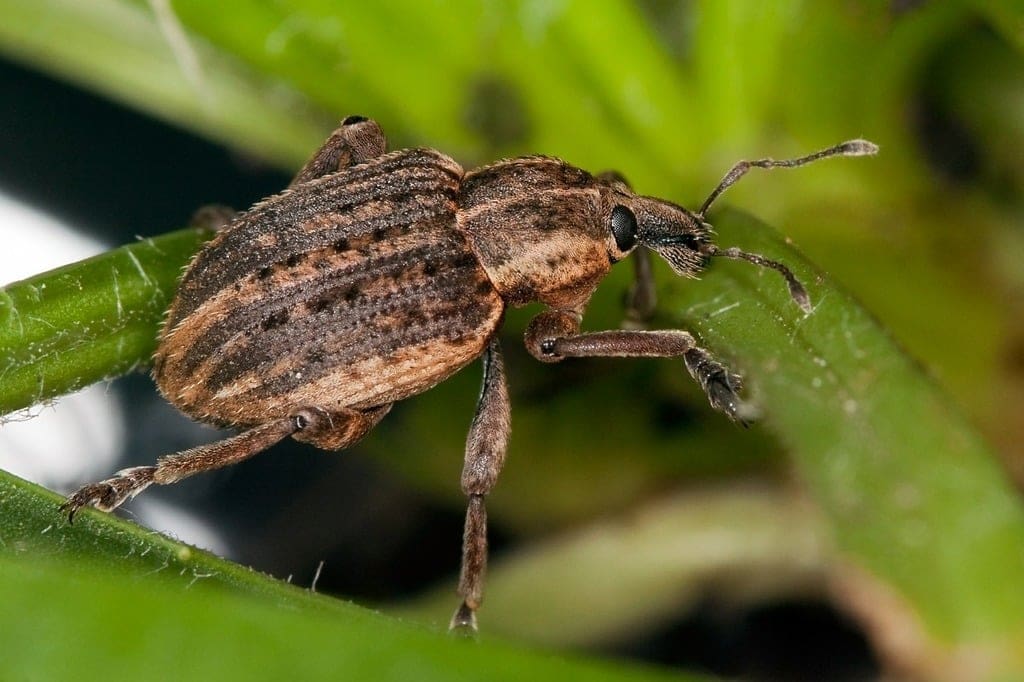Warmer spring weather is speeding up alfalfa weevil growth in Kansas. K-State entomologist Jeff Whitworth says treatment thresholds vary by producer. Those growing alfalfa for personal use may tolerate some damage, while those selling it often want pristine crops. He urges growers to monitor closely and treat when thresholds are met.
“It just depends on what your treatment threshold is. We use 30 to 50% infested and we treat regardless and then after you treat you want to go back, make sure you monitor it. Whatever compound you use, whatever insecticide you use, make sure you don’t go back too soon. Always watch the reentry period for that product you’re using and then. If you’re getting ready to harvest, make sure you use the post harvest entry time,” said Whitworth.
He shares essential components of a successful treatment.
“The important part is timely spray and using enough gallon each. We did a study two years ago on gallonage where we used 4 gallons per 8 gallons per acre and there was a visual difference. Alfalfa weevils, the time of year when they’re around, it’s just tough to try and control them. These products are not systemic. They have to come in contact with the insect. Also remember, these products are only going to last 10 to 14 days. Once you treat, you’ve got to go back in 10 to 14 days or whatever the reentry period is for the product you use and keep monitoring because you may have to retreat again,” said Whitworth.
Whitworth explains that alfalfa weevil larvae feed for only about 10 to 14 days, though cooler temperatures and staggered egg hatching can stretch this period over several weeks. Once white, cottony pupal cases appear in the field—on the ground or foliage—it signals feeding has stopped and the weevil problem is nearly over.













